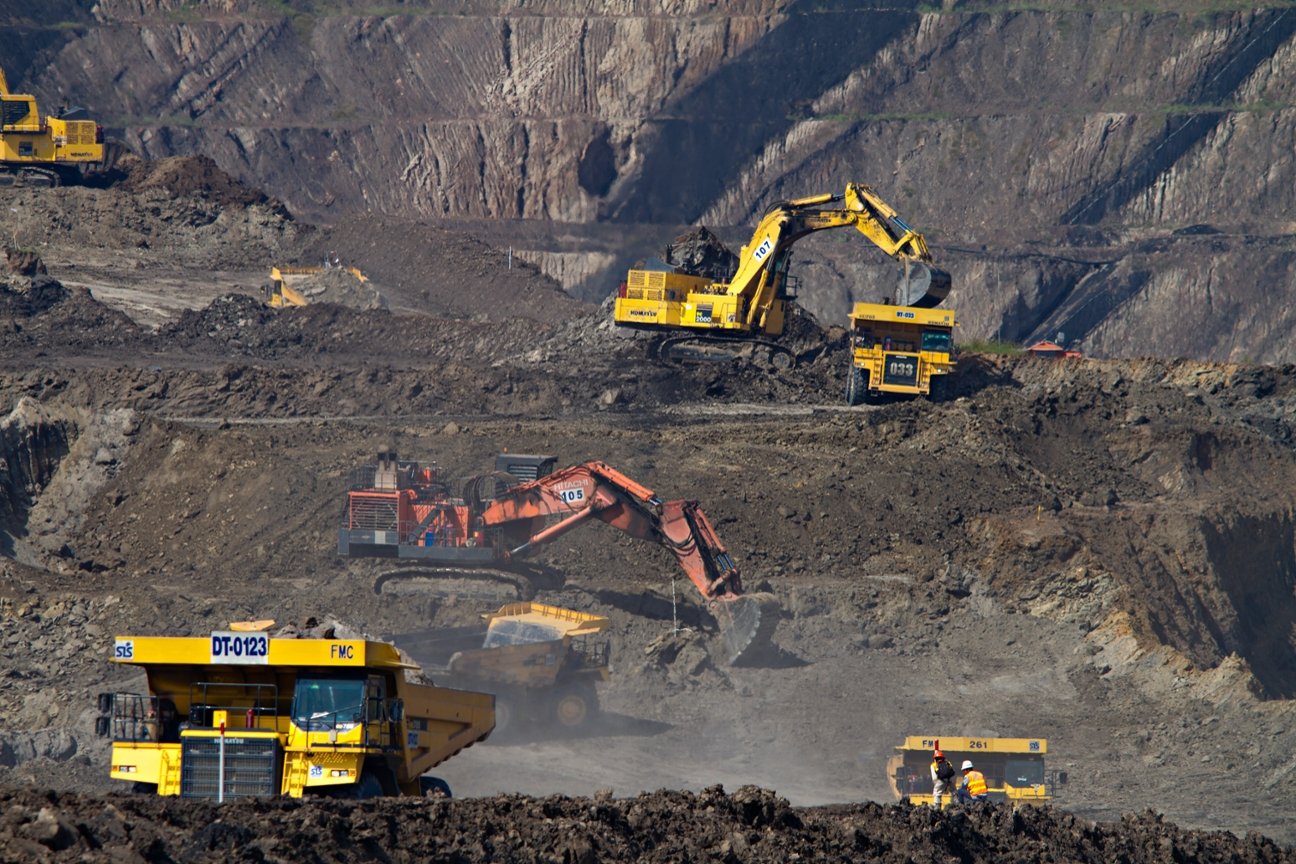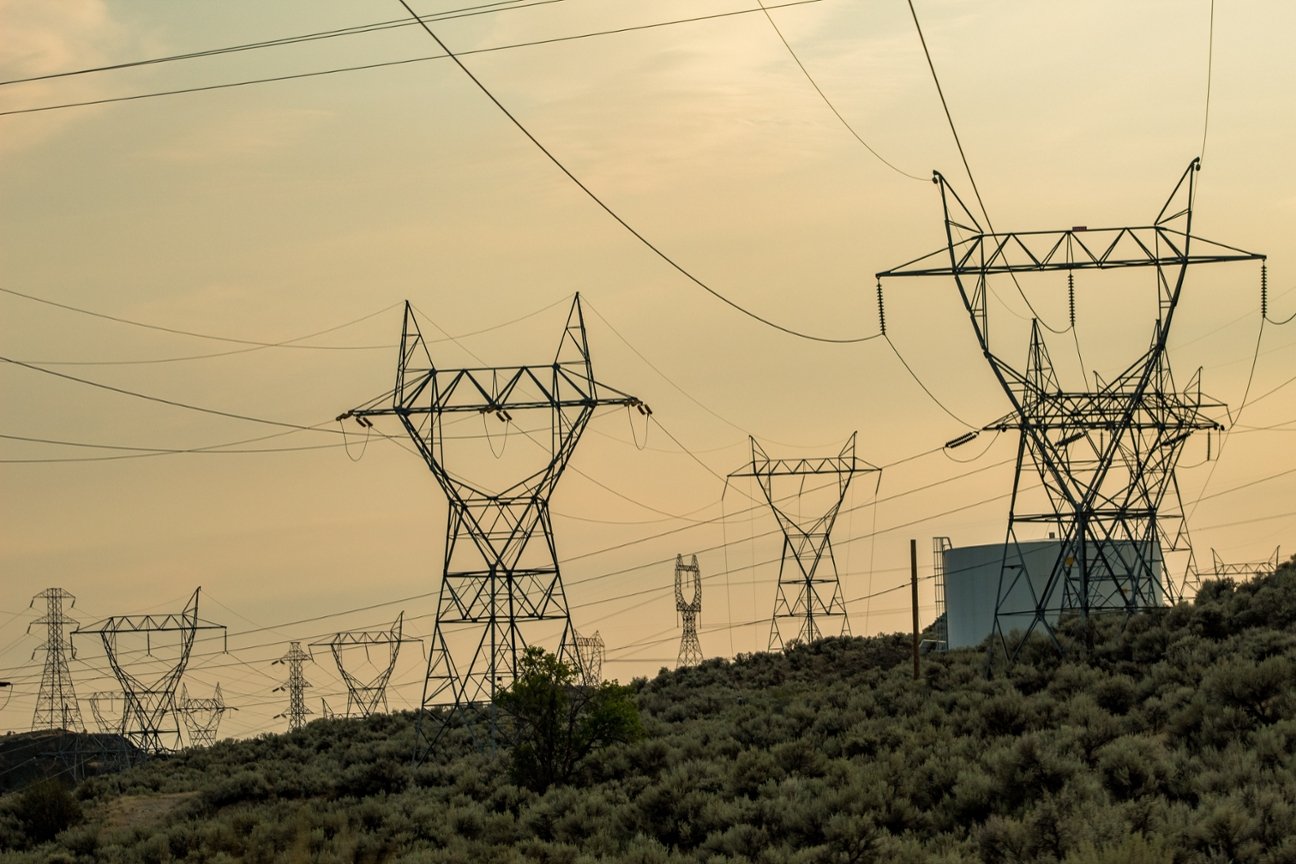Energy and Infrastructure
Energy and Infrastructure
Energy and Infrastructure
Energy and infrastructure security are two, related global security problems that are nontraditional and often overlooked, but both vital for the sustainability of all nations. Energy is defined as the ability to do work, and without energy, the world would not be able to function as it does today. Thus, protecting energy security is a task that many international organizations and governments have been working on for the past decade and should strive to improve. The International Energy Agency (IEA) defines energy security as the uninterrupted availability of energy sources at an affordable price, and energy security can have long and short-term aspects. Long-term aspects include the investments made to supply energy with future economic developments and environmental needs, while the short-term aspects focus on the ability of an energy system to react to changes in the supply-demand balance. Either way, the global demand for reliable and affordable energy to all is one that should be given more attention so that we may continue to function efficiently and effectively.
On the other hand, infrastructure security, (or critical infrastructure security), is the security intended to protect a nation or region’s infrastructure against cyber and physical threats. Critical infrastructure is the physical and cyber systems and assets that are necessary for the functioning of societies and economies. Some assets are so vital that their incapacity or destruction would have debilitating impacts on a nation’s survival (Cybersecurity and Infrastructure Security Agency). Energy powers most of a nation’s critical infrastructure; therefore, it is important to secure energy resilience and infrastructure protection in order to prevent threats against a nation’s services. Without resilient and effective plans for infrastructure, critical infrastructure, or energy security, states will begin to collapse and fail. Energy is what powers nations to function, so the research and knowledge of the best energy sources should be further invested in order for us to progress towards a lasting future. Resilience, sustainability, and affordability are the key components of effective energy and infrastructure that the international community should create more efforts to improve.

Nonrenewable Energy
Most of the world’s energy sources are nonrenewable, which means that they are limited to the amount that we can extract. The most common sources of nonrenewable energy include coal, oil, natural gas, petroleum, and nuclear energy. Coal, oil, natural gas, and petroleum are formed gradually over thousands of years under buried rock due to the decomposition of prehistoric animals and plants; thus, these nonrenewable sources are referred to as fossil fuels. However, nuclear energy is produced from the splitting of uranium atoms, and there is only a limited amount of uranium found within the Earth’s crust, making nuclear energy nonrenewable as well. Although nonrenewable energy is not the most environmentally-friendly type of energy source, it continues to be the most abundant and affordable source that we have until a wider, broader agenda for renewable energy is created.

Renewable Energy
Renewable energy is defined as energy from sources that are naturally replenishing but flow-limited; renewable sources are virtually inexhaustible in duration but limited in the amount of energy that is available per unit of time (U.S. Energy Information Association). The main sources of renewable energy are solar, wind, hydropower, biomass, water, and geothermal. Solar photovoltaics and wind power, in particular, have the most significant growth implications for renewable energy, and the resilience of renewable energy within the electricity sector is the strongest. However, according to the IEA, electricity only accounts for one-fifth of the world’s energy consumption, and the role of renewables in transportation and heating sectors remains critical to the energy transition. Therefore, it is important to push towards a global expansion of renewable power to reduce our carbon footprint from nonrenewables, and to create a cleaner, greener future for our own environmental security.

Energy Challenges
- Capital costs are the biggest barrier for increased developments of renewable energy technologies and advancements. Once installed, the operation of wind and solar farms are very cheap compared to other nonrenewable energy sources; however, it is the initial installation of these technologies that causes investors to be hesitant. Wind and solar technologies cost anywhere from 1,200 to 3,700 dollars per kilowatt to install; meanwhile, fossil fuels only cost about 1,000 dollars per kilowatt. Nonetheless, investors should take into account the long-term lifespan costs of renewable energy. Not to mention that the capital costs of alternative energy technologies have been decreasing since the early 2000’s, and they will continue to become increasingly more affordable in years to come.
- Siting and transmission are two other challenges for alternative energy expansion. Solar and wind farms are decentralized sources of energy, in which smaller generating stations work together to provide power. Siting is the need to locate solar and wind farms on lands that allow it, and finding an appropriate site requires negotiations, contracts, permits, and community relations, which can cause many inconveniences. Furthermore, once a site is selected, there then needs to be a way to control and transmit the electricity from these sites through new infrastructure. Most of the electricity infrastructure that has been built already was made for fossil fuels and nuclear energy; thus, the need for new transmission infrastructure to accommodate these renewable energy farms will become a significant barrier.
- Market entry is another barrier for alternative energy. In the past century, the market for electricity has mostly been dominated by coal, nuclear, and natural gases, and most utility companies understand and trust nonrenewable energy sources over renewable ones. Because of this, solar, wind, and other renewable sources need to show wealthy industries that they can be just as effective and affordable as nonrenewable sources. Unfortunately, start-ups in a market have to deal with even larger barriers to entry since they must already contend with massive market players; therefore, new energy technologies also need to demonstrate their ability to scale. If governments can help to increase investments in clean energy, then it would level the playing field for renewables and allow them to have a chance in the market.
- Reliability misconceptions about renewable energy is an issue that discourages investors from supporting new energy technologies. The main misconceptions are that the sun and wind are invariable, so solar and wind farms cannot perform effectively unless the weather conditions are perfect. This causes many to believe that the government will always need to provide assistance to clean energy technologies in the form of fossil fuels as a back-up. These misconceptions would be true when looking at small-scale projects; however, investors fail to see the larger picture that solar and wind can be highly predictable when spread out across a large geographical area. Also, modern grid technologies, real-time pricing, and smart appliances can help wind and solar energy to have a well-performing grid. Overall, renewable energy is supposed to be a large, long-term investment in order to provide sustainable energy forever.
Organizations Addressing Issues of Energy and Infrastructure
The U.S. Department of Energy
The U.S. Department of Energy ensures the security and prosperity of the United States of America by addressing energy, environmental, and nuclear challenges through scientific and technological solutions. DOE is a great resource for information regarding energy sources, energy efficiency, energy economy, security and safety, and much more. The website also lists numerous links to the various offices and national labs that are provided by the Department.




